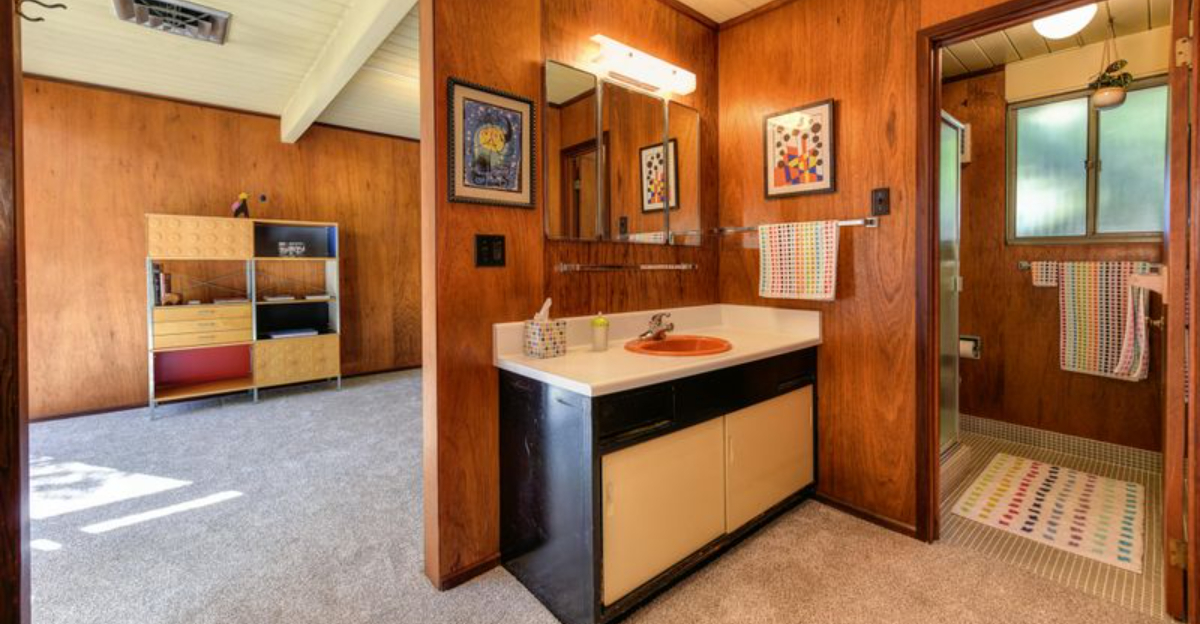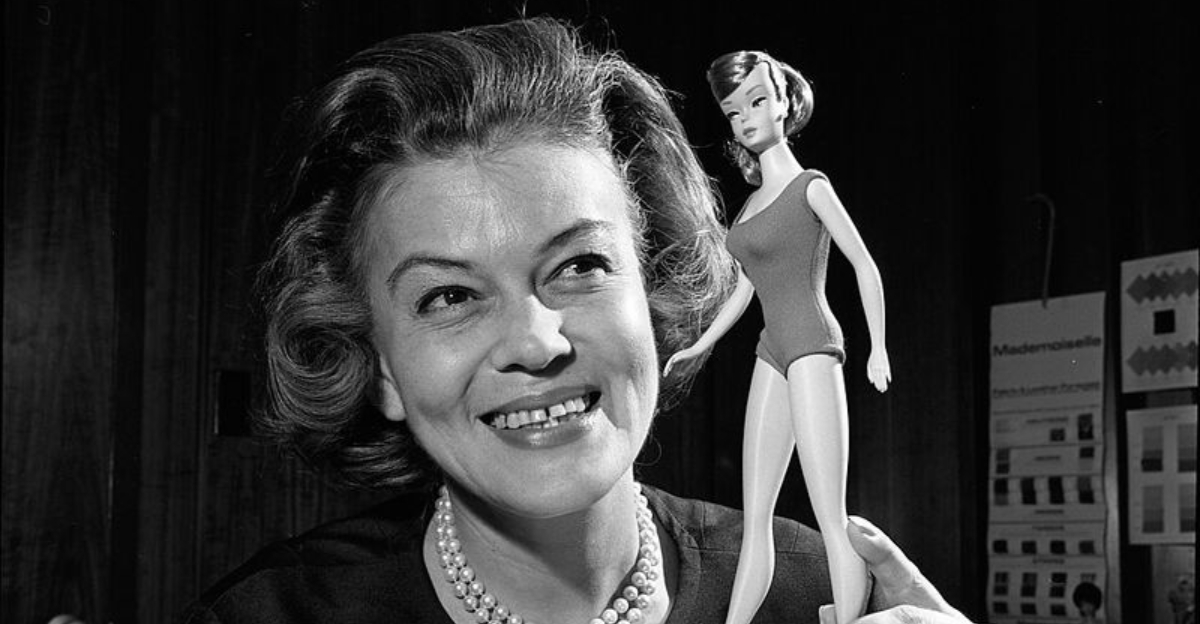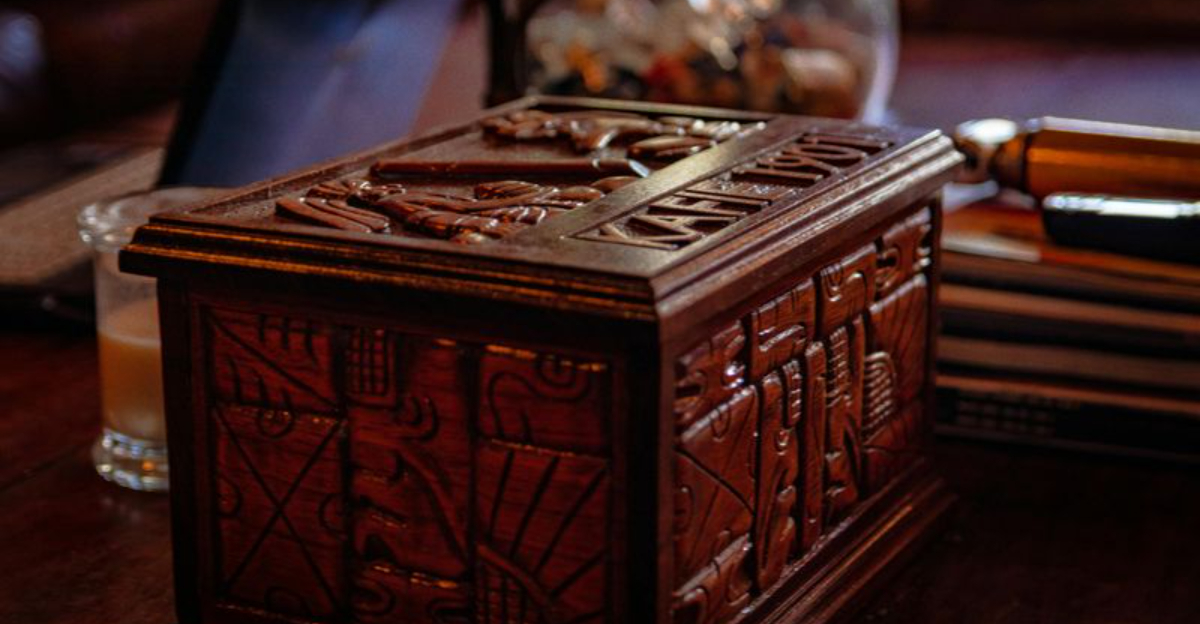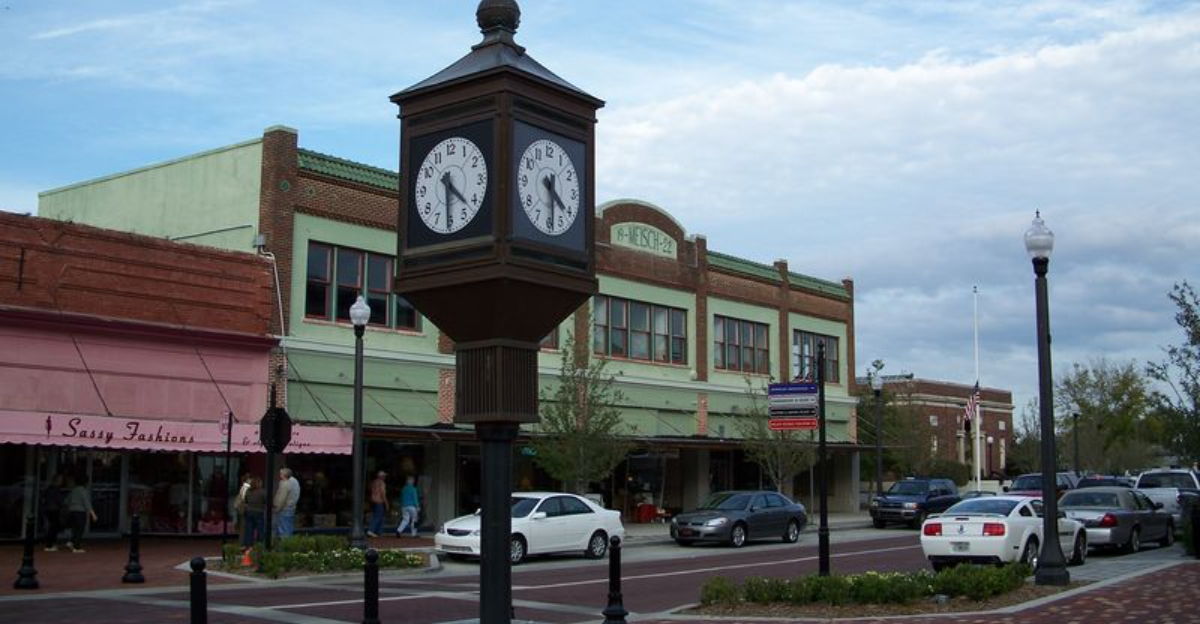10 Canned Drinks From The Past You Can No Longer Buy
Remember cracking open a can of your favorite soda only to discover it vanished from store shelves forever?
Beverage companies have launched countless drinks over the decades, but not every fizzy experiment survived. Some became legends, while others faded into obscurity, leaving behind only nostalgic memories and empty aluminum cans. Join us on a bubbly journey through time as we explore discontinued drinks that once ruled the cooler aisle.
1. TaB
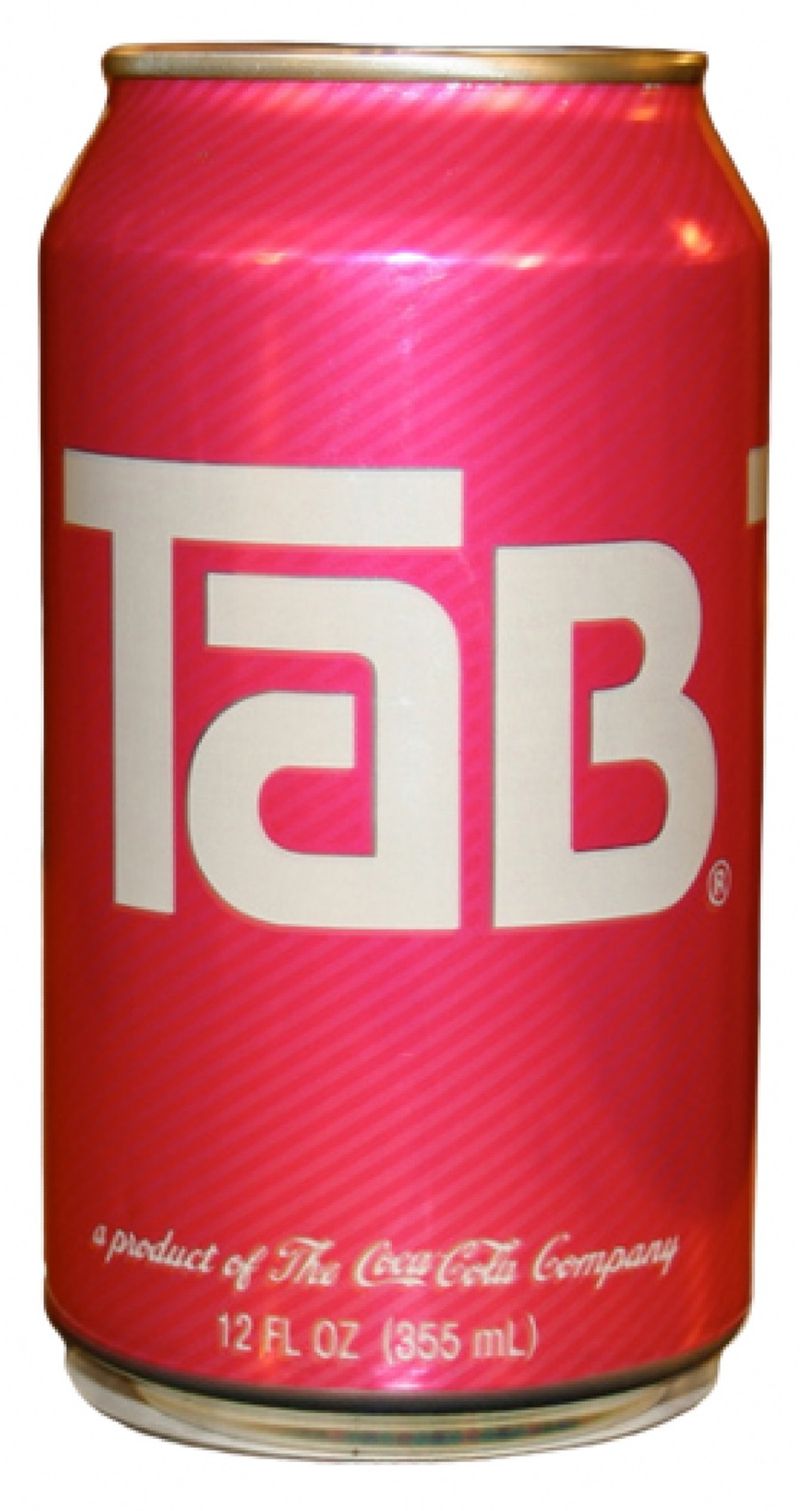
Before Diet Coke stole the spotlight, TaB reigned supreme as Coca-Cola’s diet champion. Launched in 1963, this pink-canned wonder became a cultural icon, especially among fitness-conscious folks.
However, its reign ended in 2020 when Coca-Cola discontinued it during pandemic streamlining. The unique saccharin-sweetened taste created a devoted fanbase that still mourns its loss today.
2. OK Soda
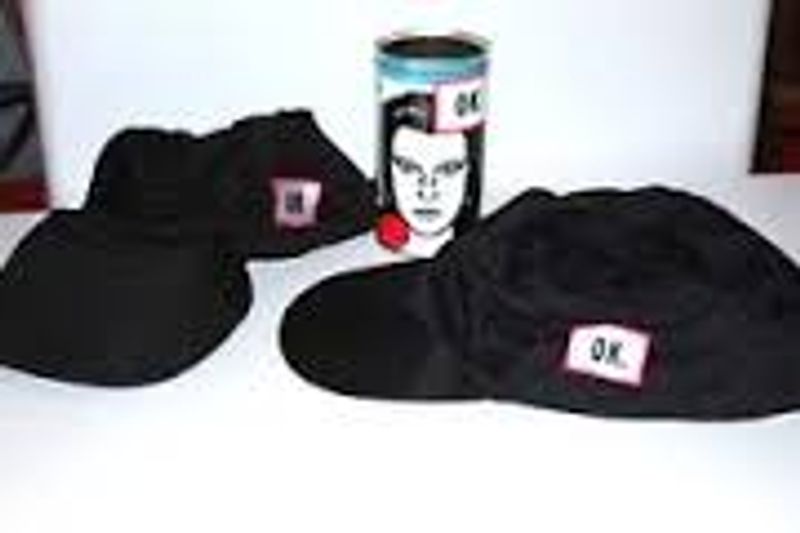
Coca-Cola tried something weird in 1993: a soda that admitted it was just okay. With bizarre artwork and a manifesto declaring life’s mediocrity, OK Soda targeted cynical Generation X teens.
The experiment flopped spectacularly, disappearing by 1995. Though the reverse-psychology marketing seemed clever, consumers wanted drinks that made them feel amazing, not just acceptable!
3. Crystal Pepsi
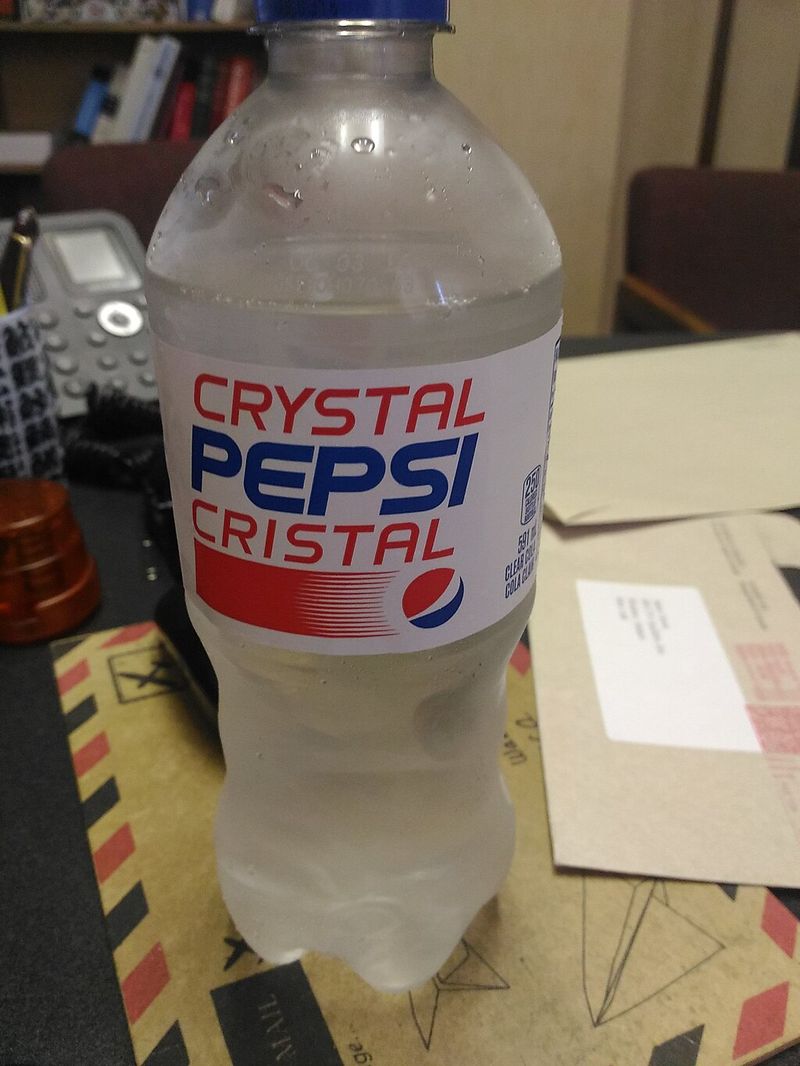
What if Pepsi looked like water but tasted like cola? That question sparked Crystal Pepsi in 1992, a caffeine-free clear beverage that broke every soda rule.
The translucent drink became a pop culture sensation, yet consumers found the visual disconnect too confusing. By 1994, it vanished, though Pepsi occasionally brings it back for nostalgic limited runs that sell out instantly.
4. New Coke
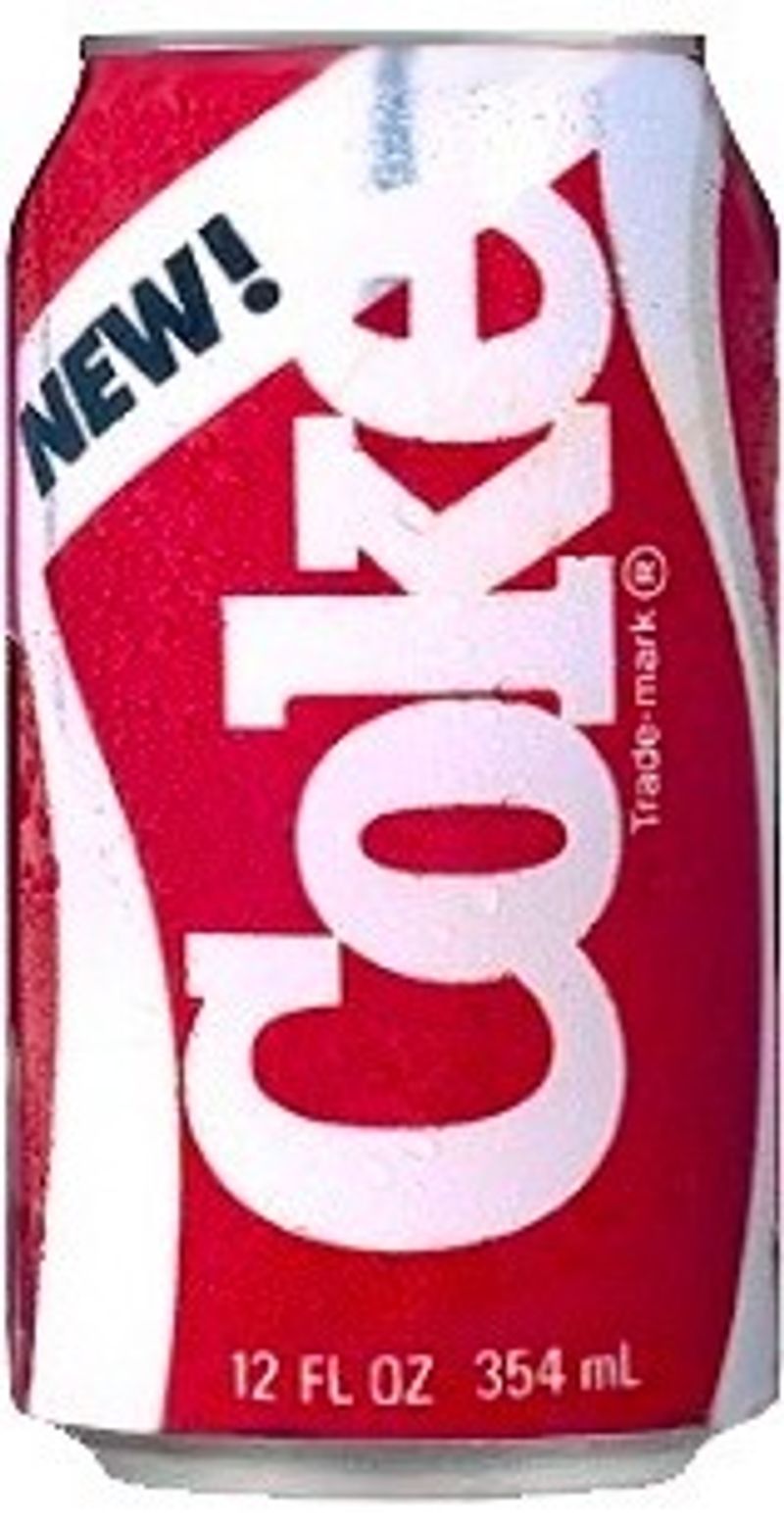
Perhaps the biggest beverage blunder in history happened in 1985 when Coca-Cola changed its 99-year-old formula. New Coke tasted sweeter, more like Pepsi, and fans absolutely hated it.
Outrage exploded nationwide as loyalists hoarded old Coke and protested loudly. Within 79 days, Coca-Cola Classic returned, and New Coke became a cautionary tale about messing with perfection.
5. Pepsi AM
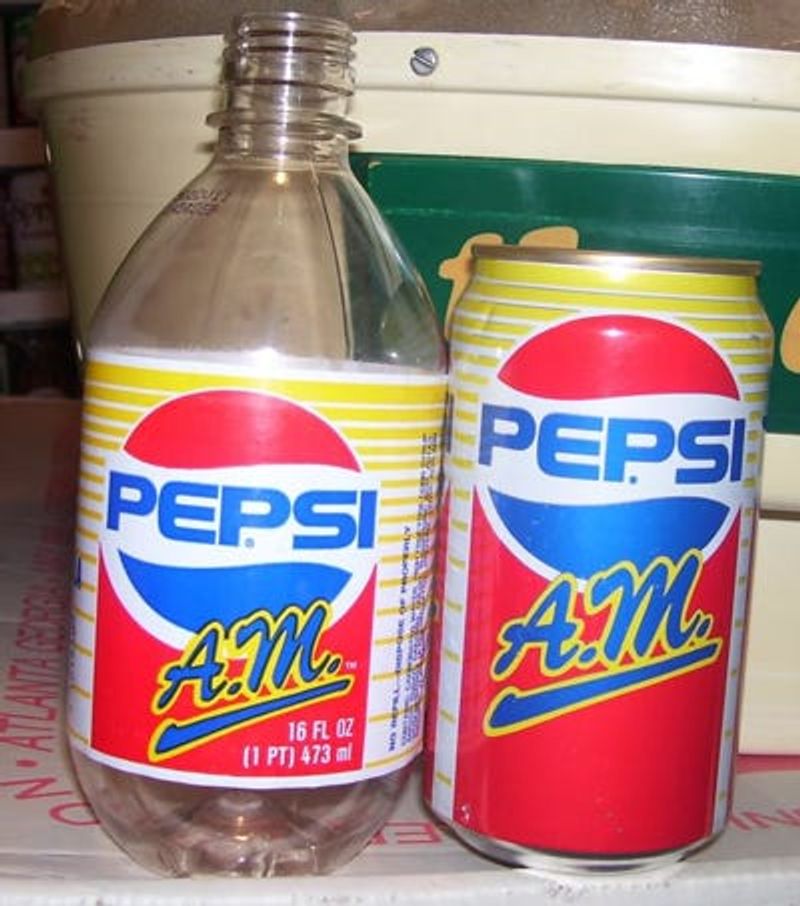
Drinking cola for breakfast sounds wild, but Pepsi AM made that pitch in 1989. Packed with extra caffeine, this morning-marketed soda aimed to replace your orange juice and coffee routine.
Turns out, most people preferred traditional breakfast beverages. The concept never caught on, and Pepsi AM quietly disappeared, proving that some meals just don’t need carbonation.
6. Diet Pepsi Jazz
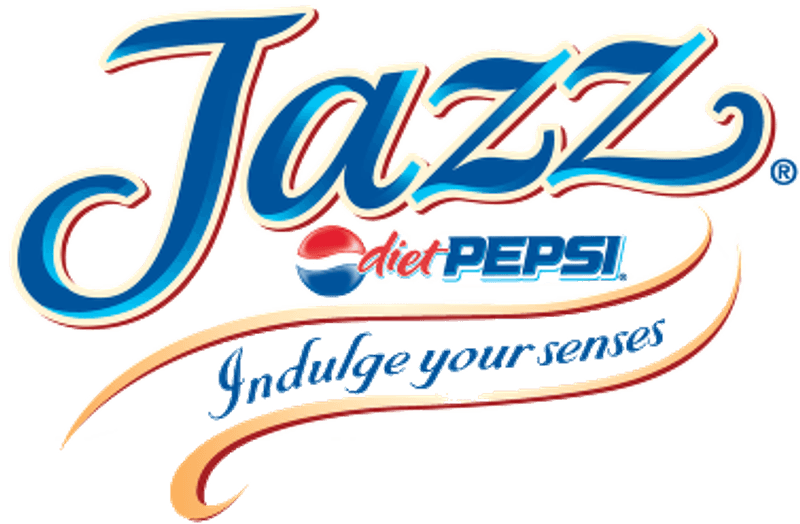
Jazz music inspired this 2006 experiment that blended diet cola with creamy flavors like Strawberries and Cream or Black Cherry French Vanilla. The sophisticated combinations sounded delicious on paper.
Unfortunately, the unusual flavor mashups confused shoppers who wanted simpler choices. By 2009, Diet Pepsi Jazz hit its final note, becoming another forgotten melody in soda history.
7. Coca-Cola C2
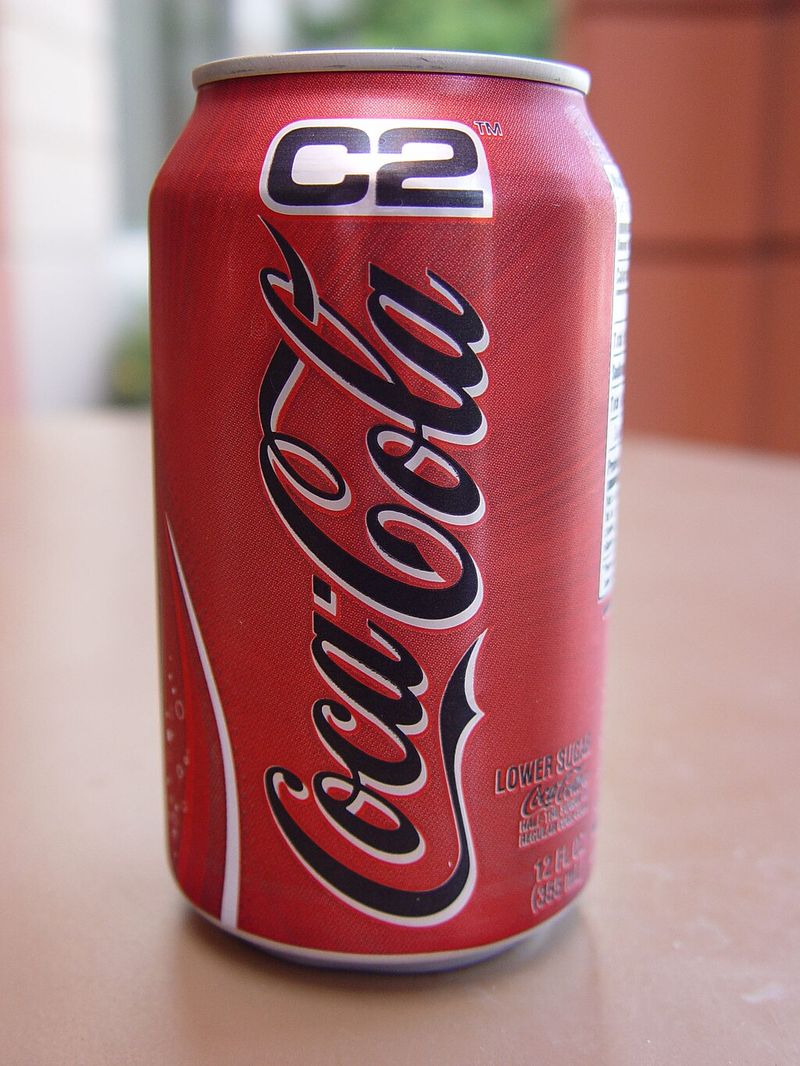
Stuck between regular and diet? Coca-Cola C2 launched in 2004 as the compromise, offering half the calories and carbs of classic Coke while keeping more flavor than Diet Coke.
The middle-ground approach seemed smart during the low-carb diet craze. Yet consumers preferred going fully regular or fully diet, leaving C2 without a solid audience. It disappeared by 2007, lost in the fizzy middle.
8. Pepsi Blue
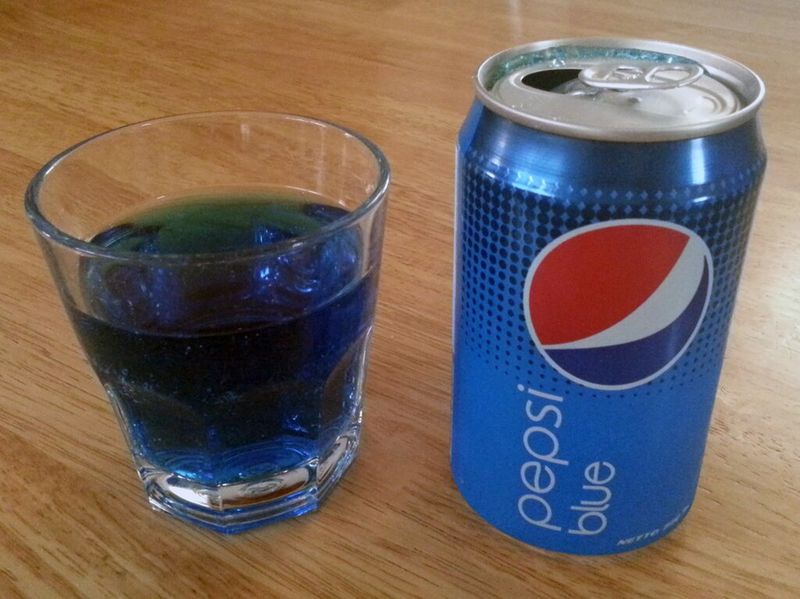
Bright blue soda sounds like something from a superhero movie, and Pepsi Blue delivered exactly that in 2002. This berry-flavored drink targeted teens who wanted something visually shocking and Instagram-worthy before Instagram existed.
Despite initial buzz, the artificial blue color and confusing berry-cola taste turned off many consumers. By 2004, this electric experiment faded to black.
9. Vault
When Coca-Cola discontinued Surge, fans demanded a replacement. Vault arrived in 2005 as a hybrid energy drink meets soda, boasting the tagline “Drinks like a soda, kicks like an energy drink.”
The citrus-flavored beverage gained a following but faced fierce competition from Red Bull and Monster. By 2011, Vault locked its doors forever, unable to conquer the crowded energy drink market.
10. Coca-Cola Life
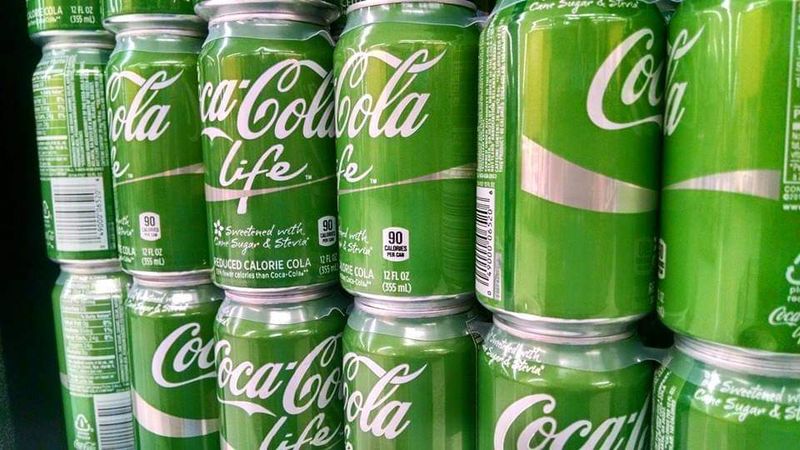
Green cans signaled Coca-Cola Life’s arrival in 2013, promising natural sweetness from stevia leaves and fewer calories than regular Coke. The eco-friendly branding attracted health-conscious consumers seeking middle-ground options.
However, the slightly different taste and confusing positioning between regular and Diet Coke limited its appeal. Most countries discontinued it by 2020, though a few markets still carry it.

